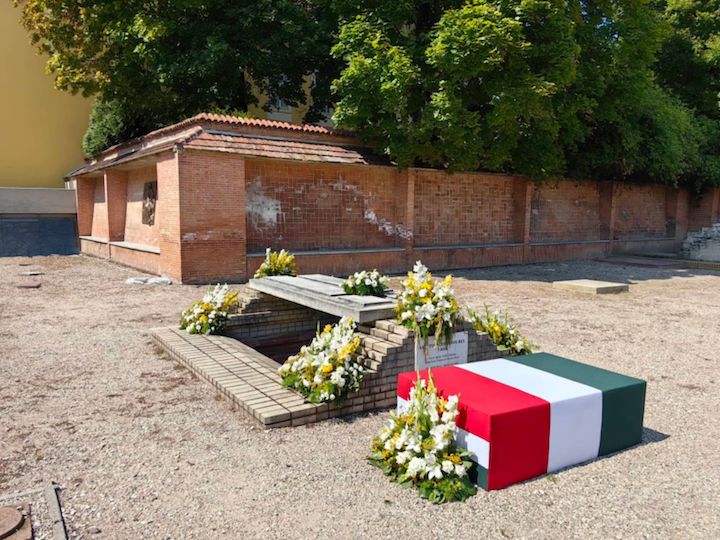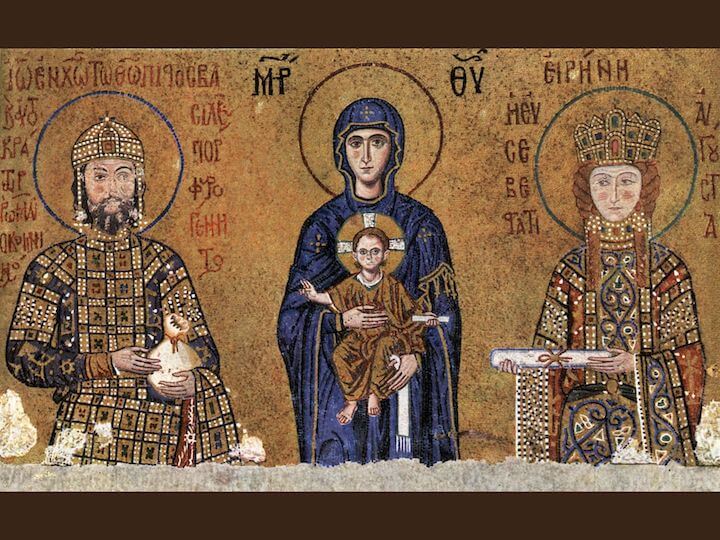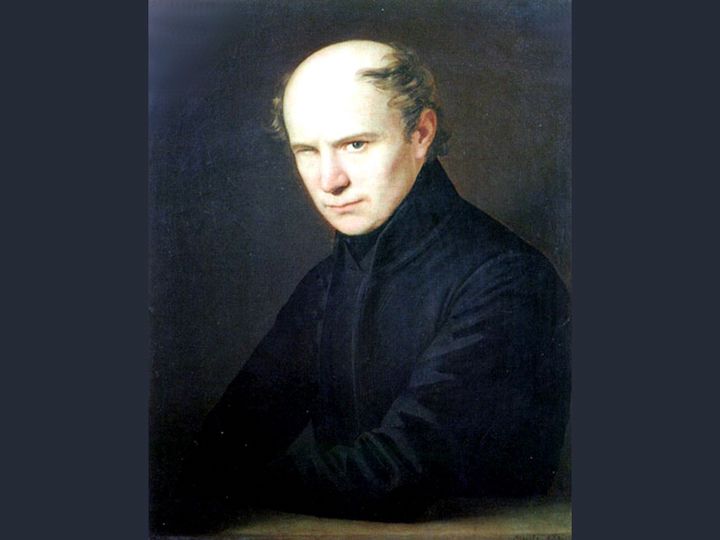
Gazdag életművet hagyott maga után Bél Mátyás
300 éve jelent meg Bél Mátyás országismereti munkájának Prodromus kötete. A Nürnbergben 1723-ban sajtó alá került kötet célja az volt, hogy a kor szokásainak megfelelően bemutassa az érdeklődő közönség számára Bél Mátyás akkor még csak tervezett nagy művét, a Magyarország vármegyéit ismertető Notitia Hungariae-t.
Halál és felemeltetés I. 985 éve hunyt el Szent István király
Szűz Mária mennybevitelének napja, augusztus 15-e a katolikus egyház legjelentősebb Mária-ünnepe. Az egyetemes (katolikus) kereszténység Mária-alakja Magyarországon sajátos magyar névvel és jelentésárnyalattal gazdagodott: a Nagyboldogasszony elnevezés ősvallási hagyatékot is tükröz, emellett az új vallás meghatározta kultúrkörben Szűz Mária szakrális politikai (fő)szerepet kapott, Magyarország égi védelmezője, patrónája lett. Az ő ünnepén halt meg az 1038. esztendőben az, akinek mindezt így rendelte: István király.


Műemlékvédelem és -megőrzés Kazahsztánban: a boraldaji régészeti park
A Kárpát-medence területén számos olyan régészeti lelőhely és kulturális örökség található, amelyek kutatására, részletesebb megismerésére és védelmére régészeti parkokat hoztak létre. Ezek a szabadtéri múzeumok, a természeti környezetben kialakított és feltárt régészeti lelőhelyek (temetők és települések, lakóházak) tudományos feldolgozásán kívül modellek és kísérleti rekonstrukciók segítségével hiteles képet adhatnak a régebbi korokban élt népesség életmódjáról, mindennapos tevékenységéről és rituális szokásairól.
Szent királynak szent leánya
Egy szent király leánya és egy nagy bizánci császár édesanyja volt, majd az ortodox kereszténység szentjévé vált. Két keresztnevén is ismerjük, mégis mintha a magyar történeti köztudatban nem élne oly elevenen emléke, ahogy megérdemelné. Árpád-házi Piroska, avagy Bizáncban kapott nevén Eiréné 1134. augusztus 13-án hunyt el.


A francia–magyar kapcsolat
A diplomáciában elengedhetetlen a személyes összeköttetés az egyeztetések kezdeményezéséhez, sikerességéhez. A dualizmus idején pedig különösen élénk volt a francia–magyar kapcsolat, amelynek egyik meghatározó alakja volt Türr István. A „rettenthetetlen magyarként” is emlegetett kalandos életű tábornok 1825. augusztus 11-én született Baján Thier Jakab vaskereskedő családjában.
Lehel kürtje és ami előtte volt
A 955. augusztus 10-én Augsburg városa alatt elszenvedett vereség utóélete példázza azt, hogy egyesek addig küzdenek a nemzeti múlt dicsőséghajhászásának szélsősége ellen, amíg át nem esnek a ló túloldalára, a nemzeti önmarcangolás szélsőségéhez. Ez a kudarc meglepően népszerű a köztudatban; mintha egy világraszóló győzelem lenne, annyit szokás hivatkozni rá.


Néprajzi örökségünkről – több szempontból
Jelen kötetben olyan néprajzi írásokat olvashat az érdeklődő, amelyek a magyar népi kultúra legkülönfélébb területeit, illetve ezek 20–21. századi örökségét ölelik fel.
László királytól Szent Lászlóig
A Magyarságkutató Intézet kutatói és a meghívott előadók Szent László király és öröksége címmel megrendezett tudományos konferencián összegezték a Szent László lovagkirály zarándokút intézményes kereteinek megteremtése című programhoz kapcsolódva végzett tudományos kutatásaikat. Jelen kötet ezek eredményeit tárja a nyilvánosság elé.


Magyarságkutató Intézet az Ősök napján
A Kárpát–medencei magyarság legnagyobb közös hagyományőrző ünnepén, a hetedik alkalommal megrendezett Ősök napján Bugacon a Magyarságkutató Intézet négy előadással is képviseltette magát.
„A haza minden előtt” – 233 éve született a magyar önismeret poétája
1790-ben ezen a napon, Sződemeteren látta meg a napvilágot a reformkor egyik legjelentősebb alakja, a költő, kritikus, politikus Kölcsey Ferenc. Ősrégi nemes református családból származott, de korán árván maradt. Gyermekkori veszteségét tetézte, hogy himlő miatt a bal szeme is odalett. A debreceni kollégium elvégzése után a jogi egyetemet is helyben végezte. A joggyakorlat után nem tett ügyvédi vizsgát; visszavonult a családi birtokra, Álmosdra, majd Csekén telepedett le.
